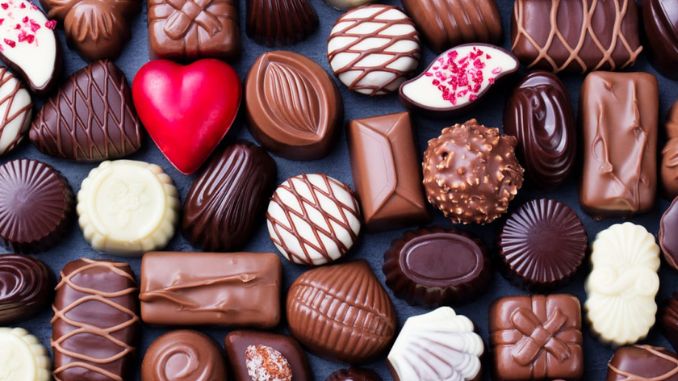Chocolate is a universally beloved treat with a rich history that spans centuries. Here are some facts about chocolate: it originates from the cacao tree, Theobroma cacao.
From the raw cacao pods to the refined chocolate bar, the journey of chocolate is as fascinating as its taste.
Whether it’s milk chocolate, dark chocolate, or white chocolate, chocolate has found its way into hearts, homes, and celebrations worldwide.
Additionally, let’s dive into some fun and fascinating chocolate [1] facts that explain why the world loves chocolate.
Therefore, stick around for 60 fun chocolate facts at the end!
A Brief History of Chocolate
Chocolate’s roots trace back over 3,000 years to Mesoamerica, where the Olmecs, Mayans, and Aztecs consumed it as a bitter drink mixed with spices.
The Aztecs considered cacao beans so valuable that they were used as currency.
Consequently, the first chocolate bar was created by Joseph Fry, marking a turning point in chocolate production.
Today, the chocolate industry thrives, with innovations like chocolate chip cookies, chocolate truffles, and hot cocoa.
Accordingly, when the Spanish brought cacao to Europe in the 16th century, it evolved into the sweet confection we know today.
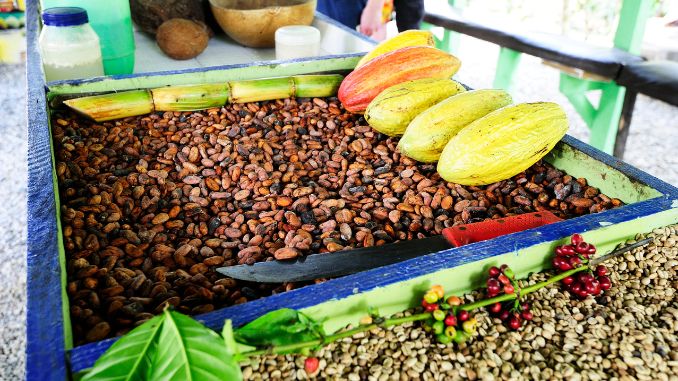
Benefits of Chocolate
- Heart Health: According to the American Heart Association, dark chocolate is rich in flavonoids, which can improve blood flow, lower blood pressure, and reduce the risk of heart disease.
- Brain Boost: Dr. Sara Mednick, a cognitive neuroscientist, notes that cocoa can enhance cognitive function and memory due to its antioxidants [2] and caffeine content.
- Mood Enhancer: Chocolate’s combination of tryptophan, phenylethylamine, and then magnesium can trigger the release of serotonin and endorphins, improving mood and reducing stress.
- Skin Health: Dermatologists, like Dr. Whitney Bowe, highlight that the flavonoids in dark chocolate can protect the skin from UV damage and then improve hydration.
- Rich in Nutrients: Dark chocolate (70% cacao or higher) is loaded with iron, magnesium, copper, and then manganese—essential nutrients for overall health.
How to Enjoy Chocolate Wisely
- Choose Quality: “Opt for chocolate with a cacao content of at least 70% to reap the most health benefits,” advises nutritionist Joy Bauer.
- Practice Moderation: Limit consumption to one ounce of dark chocolate per day to avoid excess sugar and then calories.
- Pair It Right: Pairing dark chocolate [3] with nuts or fruit can enhance its nutritional profile without adding unnecessary sugars.
Chocolate History & Origins
1. First Chocolate Bar: For one thing, the first solid chocolate bar created by J.S. Fry & Sons in 1847.
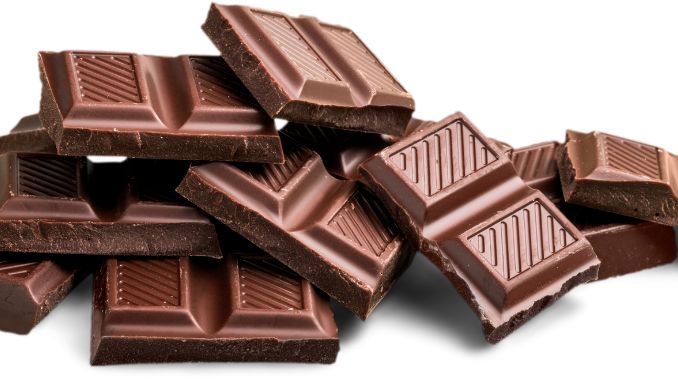
2. Dark Chocolate’s Origins: The Mayans and Aztecs, in fact, drank a version of dark chocolate for its supposed health benefits.
3. Milk Chocolate’s Invention: Daniel Peter invented it in 1875 by mixing condensed milk and then chocolate.
4. Hershey’s Kiss Name: You can stay at chocolate-themed resorts worldwide.
5. Mars Bar Origins: Named after the Mars family, not the planet.
6. Chocolate in Literature: References date back to ancient texts.
7. Cadbury’s Dairy Milk: First sold in 1905.
Chocolate Science & Composition
8. Theobroma Cacao: Accordingly, the scientific name for cacao translates to “food of the gods.”
9. Cocoa vs. Cacao: “Cacao” refers to the raw form, while “cocoa” is the processed version.
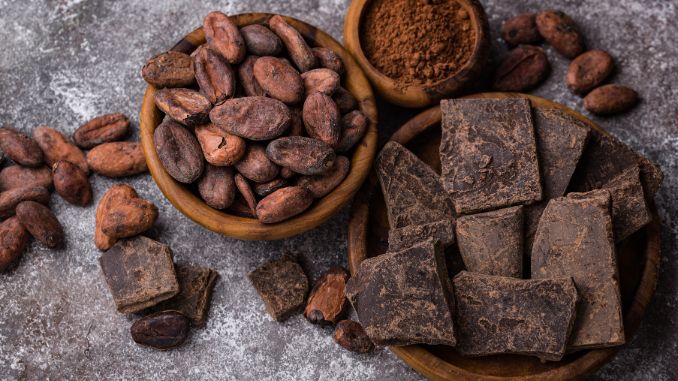
10. Chocolate’s Caffeine Content: Typically, a chocolate bar contains about 9 mg of caffeine; consequently, it can provide a small energy boost.
11. Chocolate Has Minerals: It’s rich in magnesium, iron, and then potassium.
12. Chocolate’s Feel-Good Chemical: Releases endorphins in the brain.
13. Chocolate’s Texture: The smooth feel is due to conching, a process invented by Rudolf Lindt.
14. Chocolate’s Role in Chemistry: It contains over 600 flavor comp14. ounds.
15. Chocolate Science: Interestingly, the study of chocolate is called ‘cacaology.
Chocolate Production & Farming
16. Cacao Trees Live Long: Basically, cacao trees can live up to 100 years but only produce pods for about 25 years.
17. Pods Are Colorful: They can be red, yellow, orange, or purple; in fact, these colors often appear together in vibrant displays.
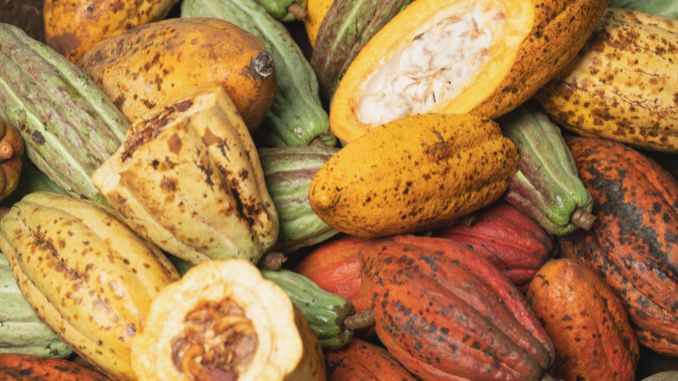
18. Cacao Trees Need Shade: They grow under the rainforest canopy.
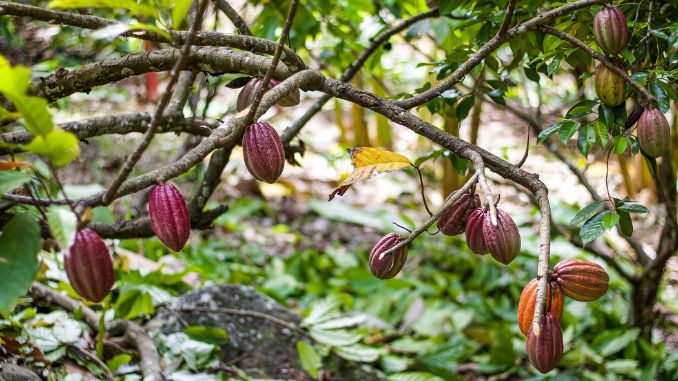
19. Biggest Chocolate Producer: Ivory Coast grows 40% of the world’s cacao.
20. Cacao Farming Challenges: Climate change threatens cacao production.
21. Cacao’s Botanical Relatives: In particular, it’s related to the hibiscus.
Chocolate Consumption & Economy
22. The Swiss Are the Biggest Consumers: Switzerland leads in chocolate consumption, with the average Swiss person eating 19.4 pounds annually.
23. Largest Chocolate Consumer: In fact, the U.S. is currently the largest consumer market for chocolate.
24. Chocolate’s Impact on the Economy: Indeed, the global chocolate industry is worth over $100 billion, highlighting its immense economic impact.
25. Milk Chocolate Popularity: It’s the most consumed type worldwide.
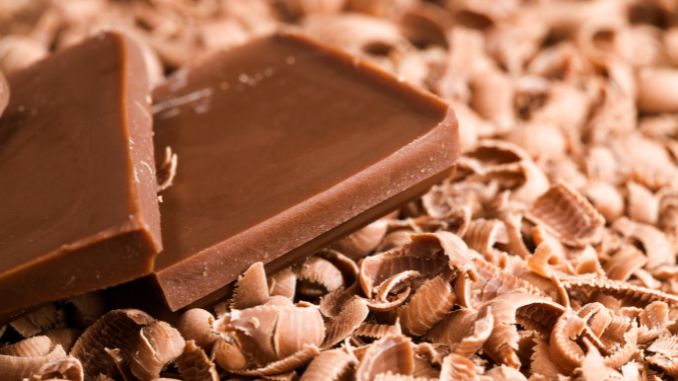
26. Chocolate’s Popularity in Asia: It’s rapidly growing, especially in Japan.
27. Chocolate and the Nobel Prize: Countries that consume more chocolate tend to produce more Nobel laureates—coincidence?
Chocolate Records & Achievements
28. World’s Largest Chocolate Bar: It weighed over 12,000 pounds and then was made in the UK in 2011.
29. Largest Chocolate Fountain: Located in Las Vegas, it is, in addition, over 27 feet tall.
30. Guinness Record for Chocolate Kisses: Over 16,000 people unwrapped a Hershey’s Kiss simultaneously in 2019.
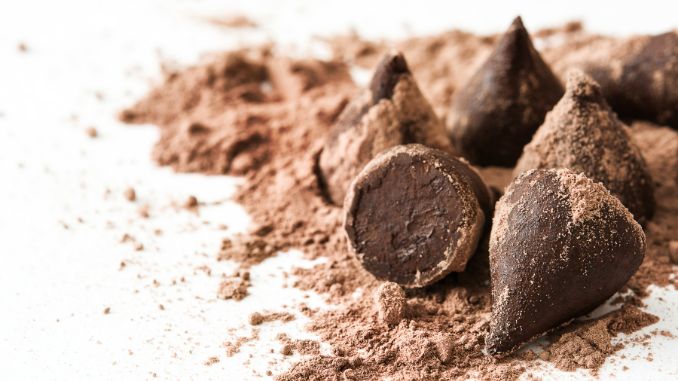
31. Largest Chocolate Sculpture: A replica of an ancient Mayan temple, weighing 18,239 pounds.
32. Chocolate Guinness World Record: The largest box of chocolates weighed 3,725 pounds.
33. Biggest Chocolate Factory: Barry Callebaut operates the world’s largest factory in Belgium.
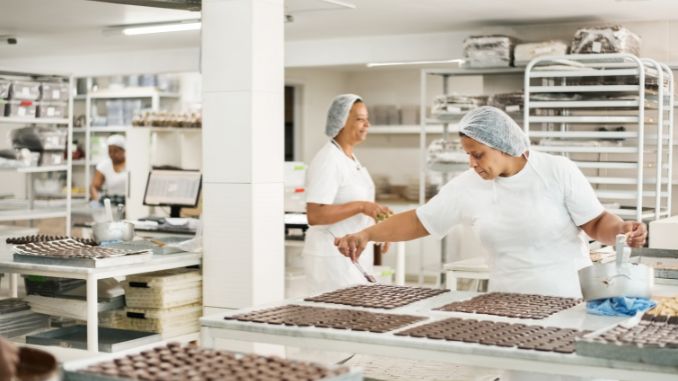
Chocolate Holidays & Traditions
34. National Chocolate Day: Celebrated on October 28 in the U.S., this holiday marks an important tradition.
35. World Chocolate Day: Observed on July 7th, facts about chocolate highlights interesting details about this beloved treat.
36. Chocolate on Valentine’s Day: It’s the top-selling treat during this holiday.
Chocolate’s Role in History
37. Cacao as Currency: Aztecs used cacao beans to buy goods like food and then clothing—one of the many fascinating facts about chocolate.
38. Chocolate in Space: Astronauts have taken chocolate into space for its high energy and then morale-boosting properties.
39. Chocolate’s Role in World War II: Soldiers’ rations, therefore, included chocolate for energy, as it provided a quick and effective source of fuel during long marches.
40. Chocolate’s Role in Diplomacy: It’s been generously gifted by world leaders, highlighting their recognition and support.
Unique & Unusual Chocolate Facts
41. White Chocolate Isn’t True Chocolate: It doesn’t contain cocoa solids, just cocoa butter, sugar, and then milk.
42. Chocolate’s Bitter Start: Ancient chocolate was consumed as a bitter, frothy beverage—a far cry from today’s sweet treats.
43. Chocolate as Medicine: Ancient civilizations used it to treat digestive and then respiratory issues.
44. Chocolate Beer: Craft breweries create unique chocolate-infused beers.
45. Chocolate-Covered Insects: In fact, it is a delicacy in some cultures!
Chocolate & Health
46. Chocolate Can Be Fatal to Dogs: Furthermore, theobromine is toxic to them.
47. Chocolate’s Aroma: Studies show the scent of chocolate can calm your nerves.
48. Dark Chocolate’s Popularity: It’s gaining traction for its health benefits.
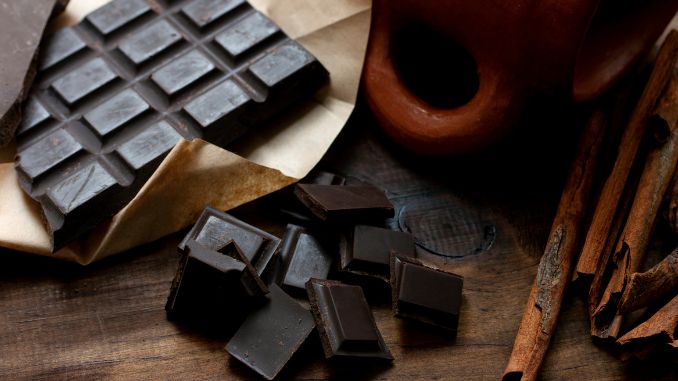
49. Chocolate Allergy: Although most people enjoy chocolate without issues, some individuals may be allergic to it!
A true chocolate allergy is rare, but when it happens, the immune system mistakenly identifies cocoa proteins as harmful, triggering symptoms like hives, swelling, or even breathing difficulties.
Chocolate in Pop Culture & Innovation
50. Chocolate’s Role in Movies: Think of Willy Wonka or Chocolat—Hollywood loves it!
51. Chocolate-Powered Car: A race car fueled by chocolate waste was unveiled in 2009.
52. Chocolate-Themed Hotels: You can stay at chocolate-themed resorts worldwide.
53. Chocolate-Powered Energy: Waste cocoa husks are used to generate bioenergy.
54. Chocolate in Art: Artists use it as a medium for sculptures and paintings.
Miscellaneous Fun Chocolate Facts
55. Melting Point: Chocolate melts at body temperature, which is why it’s so satisfying to eat.
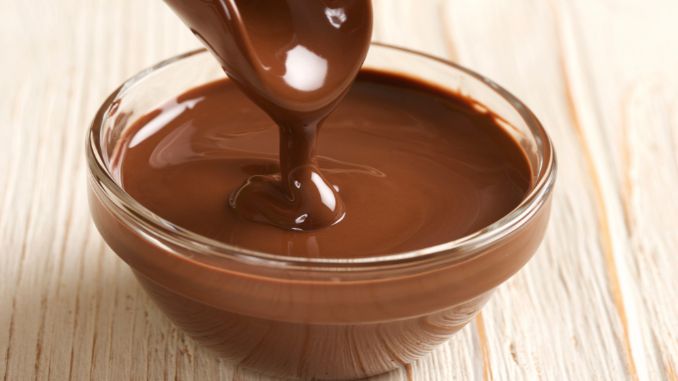
56. Chocolate Helps Plants Grow: Additionally, cocoa shells can be used as mulch, offering a natural and sustainable option for garden care.
57. World’s Most Expensive Chocolate: To’ak chocolate bars, consequently, cost upwards of $400, which makes them an exclusive treat for those seeking the finest chocolate experience.
58. Belgian Chocolate Standards: Belgium has strict laws to ensure chocolate quality.
59. Chocolate’s Shelf Life: Dark chocolate can last up to two years if stored properly.
60. Chocolate Can Spark Creativity: Its caffeine and theobromine can boost mental clarity.
Final Thoughts
Chocolate isn’t just a treat—it’s a rich part of history, culture, and then daily life.
From its beginnings with ancient civilizations in South America to the massive chocolate industry today, it has traveled far and wide, bringing joy with every bite.
Whether it’s a creamy truffle, a steaming cup of hot cocoa, or a dark chocolate bar, this beloved indulgence comes in many forms.
It melts perfectly at body temperature, therefore, making every bite a smooth and satisfying experience.
Next time you enjoy a piece of chocolate, take a moment to think about its journey—starting from the cacao tree, then moving through processing, and finally making its way to your hands.
Whether as a quick snack or a decadent dessert, chocolate remains a timeless favorite. So go ahead, take a bite, and enjoy every moment!
Jumpstart your journey to better blood sugar management with the 14-Day Diabetes Control Quick Start Program – Digital Download! This easy-to-follow guide is packed with expert tips, meal plans, and lifestyle strategies to help you balance blood sugar, boost energy, and then feel your best.
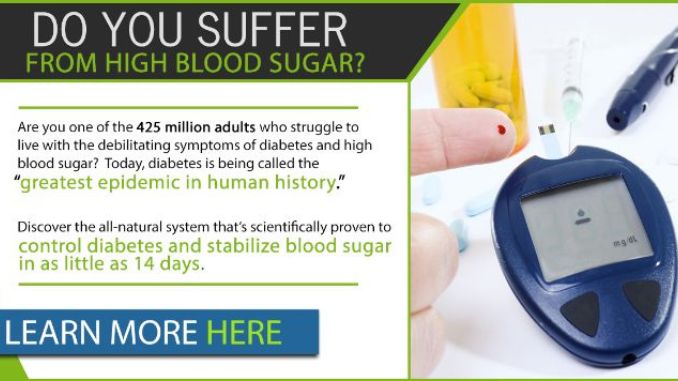
Frequently Asked Questions
What is special about chocolate?
Chocolate is special for its unique flavor, smooth texture, and versatility, making it enjoyable in various forms and recipes.
Why does everyone love chocolate?
Chocolate combines sweetness, creaminess, and a melt-in-your-mouth experience, which triggers pleasure and comfort.
What is in chocolate that makes you feel good?
Chocolate contains compounds like serotonin, dopamine precursors, and theobromine, which boost mood and provide a sense of well-being.
Why is chocolate so valuable?
Chocolate is valuable due to its rich history, cultural significance, labor-intensive production process, and its association with luxury and celebration.
What is the psychology behind chocolate?
Chocolate is linked to comfort, indulgence, and emotional reward, making it a go-to treat for stress relief and joy.

Rick Kaselj MS, is a leading kinesiologist and injury specialist as well as co-creator of the best-selling Unlock Your Hip Flexors program. Rick creates exercise programs that help people heal injuries and eliminate pain, so they can go back to living a full, active, healthy life.

